Police Are the Greatest Threat Facing Black Kids in School
Schools have welcomed police on campuses as "resource officers." But rather than protect students, they are brutalizing them.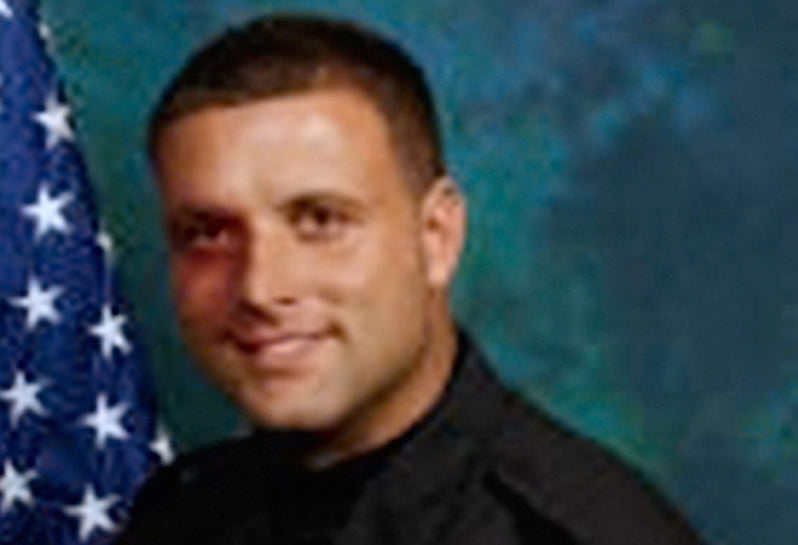 Senior Deputy Ben Fields. (Richland County, S.C., Sheriff's Department via AP)
Senior Deputy Ben Fields. (Richland County, S.C., Sheriff's Department via AP)
By now the video of a black female high school student being brutalized by a white officer has gone viral, prompting the #AssaultAtSpringValleyHigh social media hashtag to be used tens of thousands of times. Monday’s incident in Columbia, S.C., has underscored the ongoing police abuses of African-Americans, and, just as important, it has reminded us of the dangerous and overwhelmingly unnecessary presence of police on school campuses. The disproportionate disciplining of black children starts as early as preschool and continues through high school, relegating a good number of kids to a lifetime of association with the criminal justice system.
The Spring Valley High student in question apparently was caught by a teacher using her cellphone in the classroom and was asked to leave. Reports indicate that at no point did she become violent or belligerent, or even raise her voice. The teacher then called in the “school resource officer”—Richland County Senior Deputy Ben Fields—who proceeded to put the girl in a chokehold, slam her to the ground, despite the fact that she was seated, and drag her halfway across the room in one swift motion.
According to news reports, “the girl’s arm is in a cast, she has a rug burn on her forehead and has pain in her neck and back. She was hospitalized Monday night. …”
The video showing the girl being brutalized is only 15 seconds long. But that is all that is needed to prove to any reasonable human being that what they viewed was a wholly unjustified assault by an armed, trained, well-muscled adult man against a small-statured girl who was quiet and seated. Indeed, to most social media users, that is precisely what the video shows, and the resulting public response is, rightfully, outrage.
But to Fields’ boss, Sheriff Leon Lott, a very different picture emerges from that 15-second video. According to Lott, “When the officer puts his hands on her initially, she reaches up and she pops the officer with her fist.”
After I read that outrageous claim, I watched the video once more, as carefully as I could. Officer Fields’ motions are so swift, so definitive and so violent that the girl barely has a second or two to respond. He begins by standing behind her and placing her in a chokehold (think Eric Garner), and her self-defense mechanism appears to have kicked in, as any human being’s would have: Her hands flew up to the source of her terror. But to law enforcement personnel, who seem to experience an entirely different version of reality, that instinctive human reaction to protect oneself from assault constitutes an assault itself.
Lott bizarrely exposed his tone deafness even more when he went on to say, “If she had not disrupted the school and disrupted that class, we would not be standing here today. So it started with her and it ended with my officer.”
Authorities continue to accept police officers’ distorted view of reality and coddle them, treating them delicately, as though society needs their permission to occasionally try to hold them accountable for barbaric violence. Despite the crisis of police violence, President Barack Obama, in a speech to a police officers’ union Tuesday, insisted that officers are victims. He said, “I reject any narrative that seeks to divide police and communities that they serve. I reject a storyline that says when it comes to public safety there’s an ‘us’ and a ‘them’—a narrative that too often gets served up to us by news stations seeking ratings, or tweets seeking retweets, or political candidates seeking some attention.” But are the media and Twitter pitting cops against people, or are officers like Ben Fields literally using their brute force against people?
In fact, media coverage all too often lets police officers off the hook. Just the headlines of two major outlets expose the bias. The New York Times’ main article about the incident Tuesday was titled, “Race and Discipline in Spotlight After South Carolina Officer Drags Student.” Why not something a bit clearer, such as, “Video Shows South Carolina Officer Assaulting Black Female Student”?
Reuters’ headline is even worse: ” ‘Disturbing’ arrest of black South Carolina student sparks federal, local probes.” Why the quotes around the word “disturbing”? Only a writer who wanted to leave open the possibility that there was justification for such treatment would use quotation marks.
CNN’s coverage was also problematic. Wolf Blitzer hosted a debate between the network’s controversial host, Don Lemon, and its legal analyst, Sunny Hostin, over the video of the Spring Valley High incident. While Lemon admitted that he found the video disturbing, he insisted that he needed more information about what happened before the assault before drawing conclusions. Hostin, aghast at his assertion, said, “I don’t need to know [what happened before],” while Lemon, who aggressively and patronizingly talked over her, had the last word: “You don’t know she wasn’t resisting, you weren’t there.” A petition asking CNN to remove Lemon garnered more than 10,000 signatures within hours of the exchange.
On Wednesday the sheriff’s department announced that Field had been fired. Prior to the incident the officer apparently was a named defendant in two federal cases, one of which is still active. According to Reuters, that case was over “claims he ‘unfairly and recklessly targets African-American students with allegations of gang membership and criminal gang activity,’ ” and “a jury trial is set for Jan. 27 in Columbia.”
The district that Spring Valley High is a part of—Richland Two—has come under fire from parents for racial discrimination. A group called the Richland Two Black Parents Association has called for a federal investigation into what they call the “discriminatory practices of the district.” Commenting on video of Fields assaulting the high school student, the parents’ group wrote, “The unfortunate actions of this police officer [have] revealed what many African American parents have experienced in this district for a very long time.”
Sadly, the criminal justice system has shown little interest in prosecuting and convicting police officers accused of brutality and violence. Despite the fact that the FBI has decided to investigate Fields over the incident, it has a long track record of inaction on such issues. The Department of Justice has routinely examined incidents of police brutality and issued lengthy reports while holding no one legally culpable.
When African-American youths and parents routinely complain of being targeted by police and authorities, they are expected to shoulder the burden of proof of racist behavior. When asked at a news conference if race factored into Fields’ actions, Sheriff Lott defended his deputy, saying, “He’s been dating an African American female for quite some time now,” as if that could make the officer immune to his biases. Charleston shooter Dylann Roof also had a black friend who claimed Roof “never said anything racist, never treated me any different.”
The most tragic aspect of the Spring Valley High incident is how common it is. Only a few weeks ago, a 14-year-old African-American boy named Gyasi Hughes was similarly brutalized by a police officer at his school in Round Rock, Texas. A video of the incident shows the officer aggressively moving into the boy’s personal space while he and his fellow officer have Hughes cornered. At one point, the officer put his hand on the boy’s upper arm and the boy instinctively brushed it off, as any of us might. That basic and very mild self-defensive motion was all the excuse the officer needed to slam the boy to the ground and push himself on top of the youth, remaining there for several minutes.
What’s remarkable about the Columbia, S.C., and the Round Rock, Texas, videos are the reactions of the people who are watching. In the Columbia video, the other students sit in stony silence, punctuated by a few soft gasps of fear. They have seen this all too often and know that their own reactions could result in arrests. After all, it was their teacher who requested the officer’s assistance. In the case of Round Rock, school staff members are seen casually walking around the boy as he lies on the ground, face down, with two large officers keeping their weight on him. They act as though police abuse of their students is perfectly ordinary and reasonable. One staff member even appears to berate the person videotaping the incident.
But the videos are the only reason such incidents are now being discussed on a national stage. Ironically, the South Carolina student was being disciplined for using her cellphone in class, but it is only because her fellow students whipped theirs out to record the incident that we know what happened. If the only thing that proves that young black students are subject to police brutality on their school grounds is videotaped evidence, then they should be encouraged to record every interaction with police.
There ought to be no reason for law enforcement to routinely police schools. To justify their presence, cops have been given titles like “school resource officer.” But if the only resources police bring into schools are their handcuffs and physical prowess, they are not a resource—they are a threat.
Your support matters…Independent journalism is under threat and overshadowed by heavily funded mainstream media.
You can help level the playing field. Become a member.
Your tax-deductible contribution keeps us digging beneath the headlines to give you thought-provoking, investigative reporting and analysis that unearths what's really happening- without compromise.
Give today to support our courageous, independent journalists.
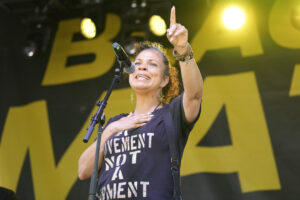
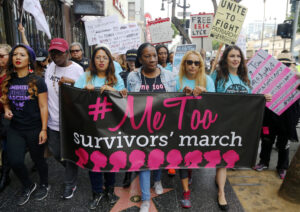
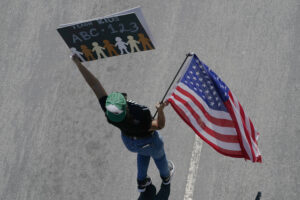
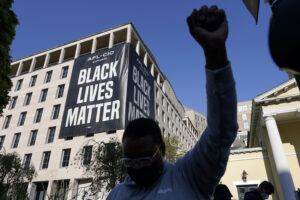
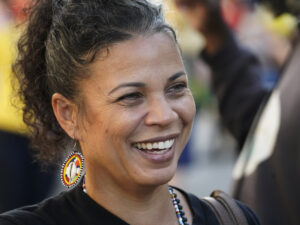
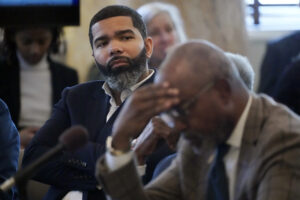
You need to be a supporter to comment.
There are currently no responses to this article.
Be the first to respond.